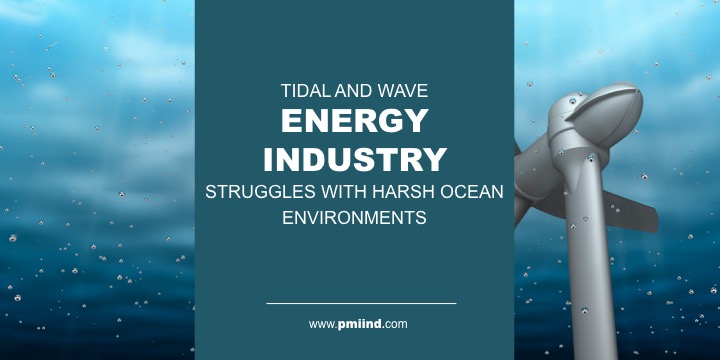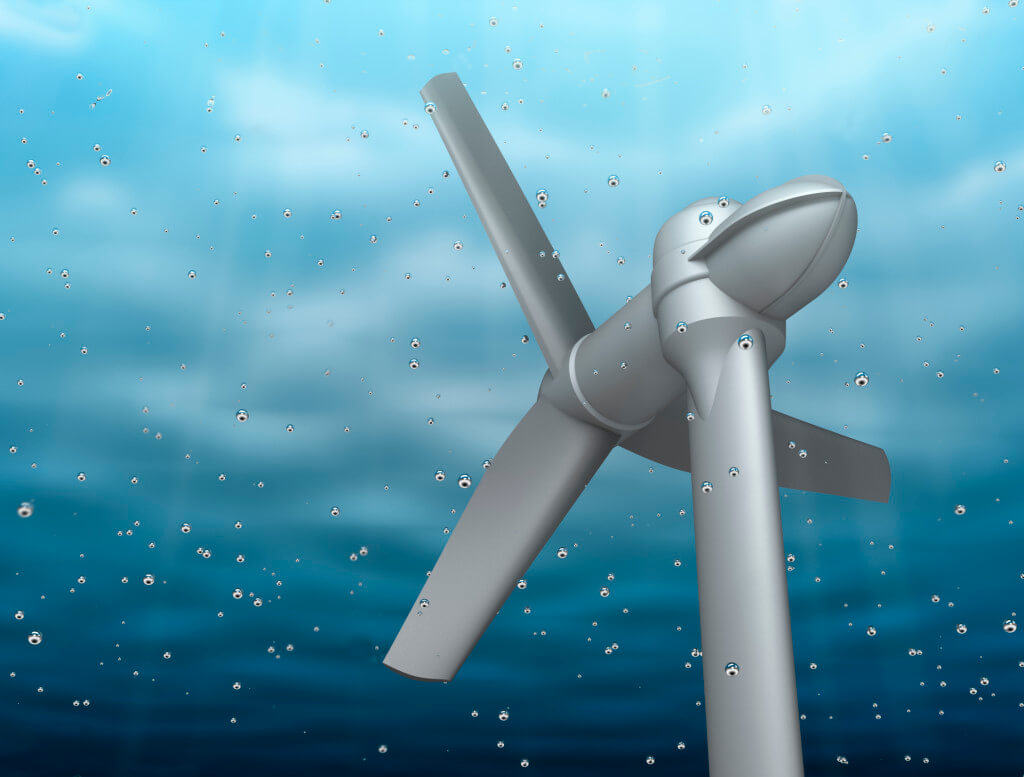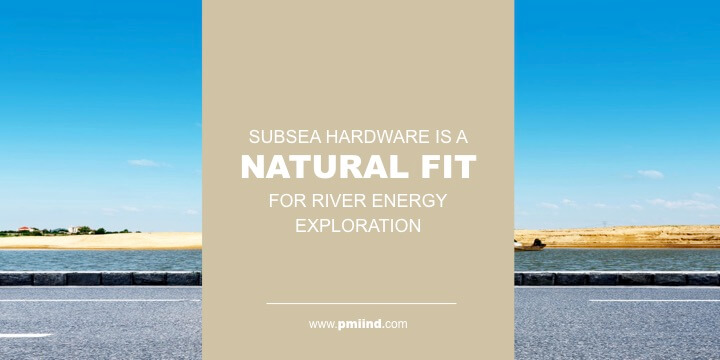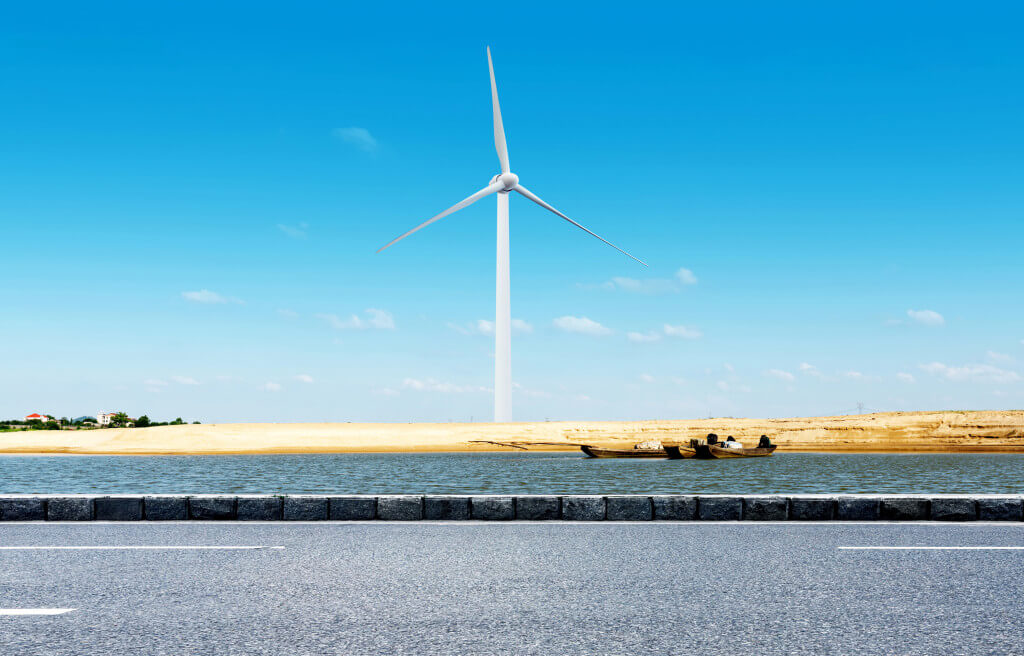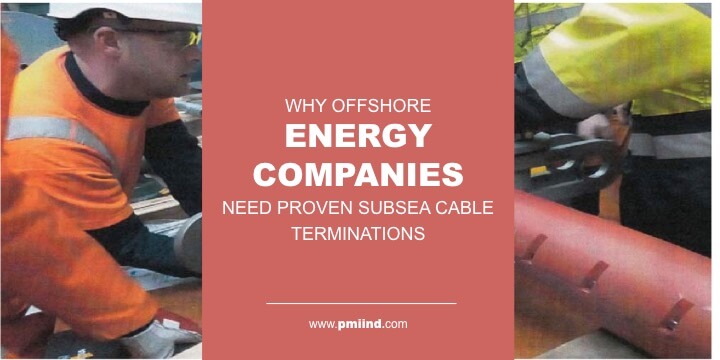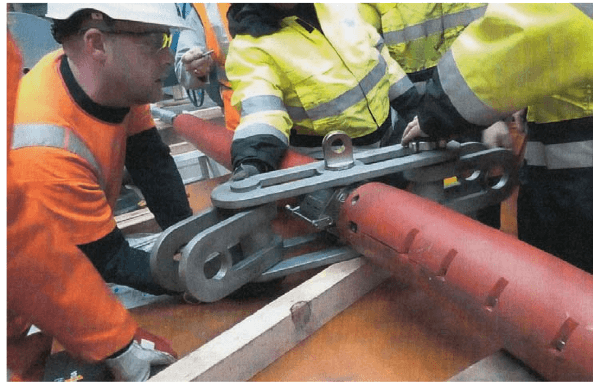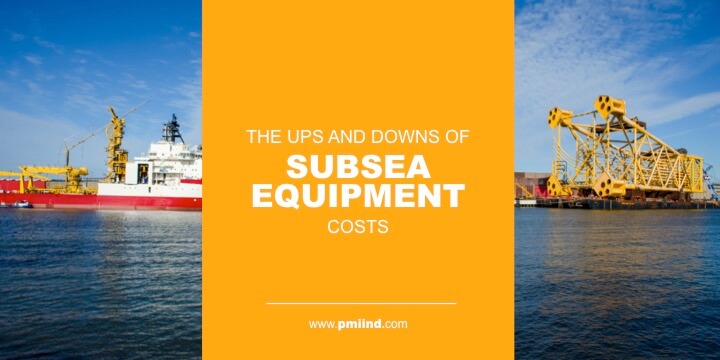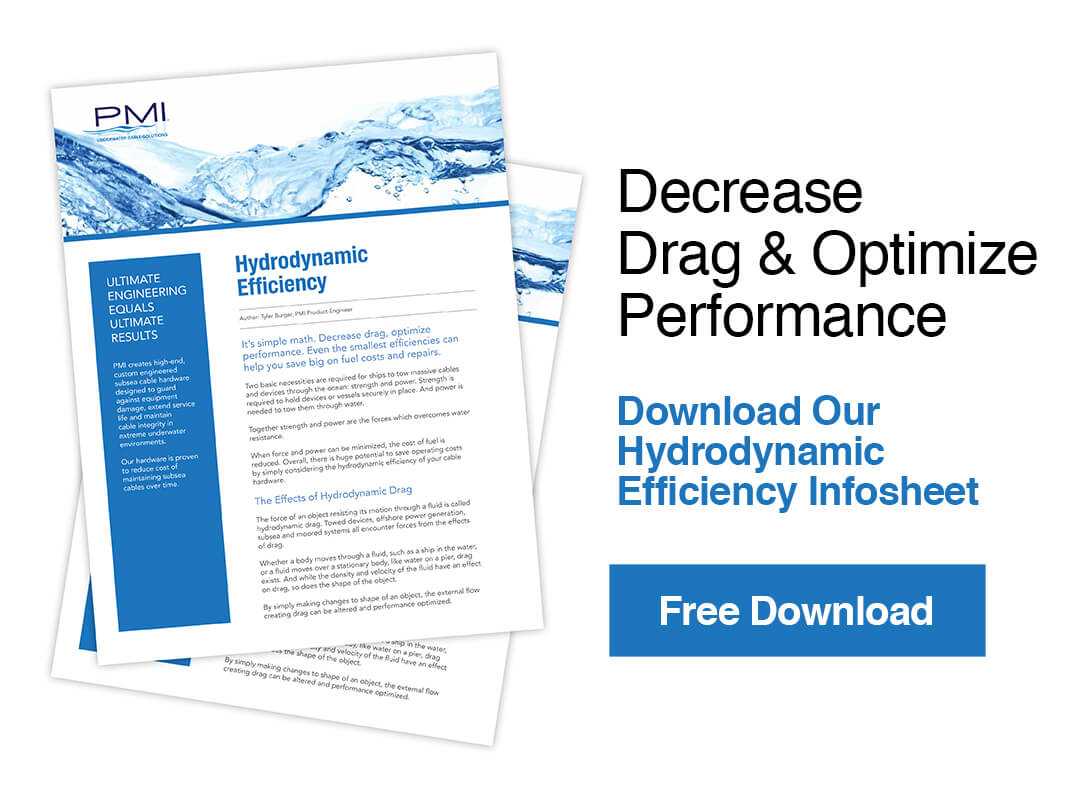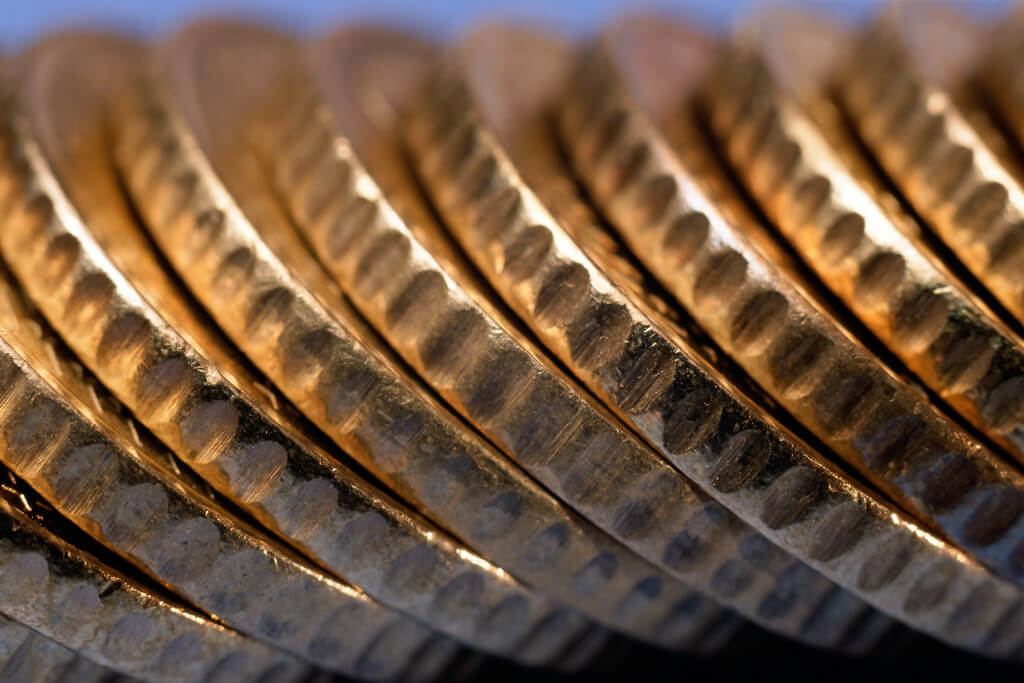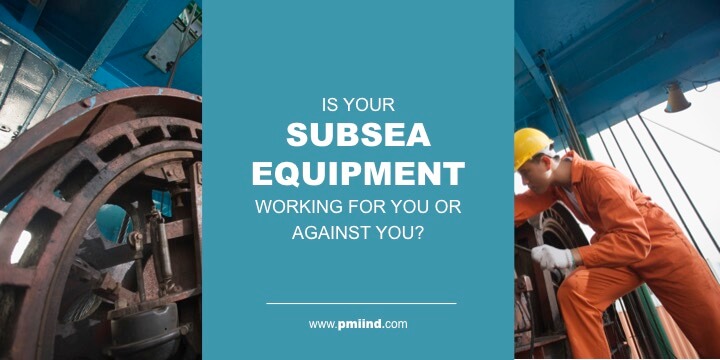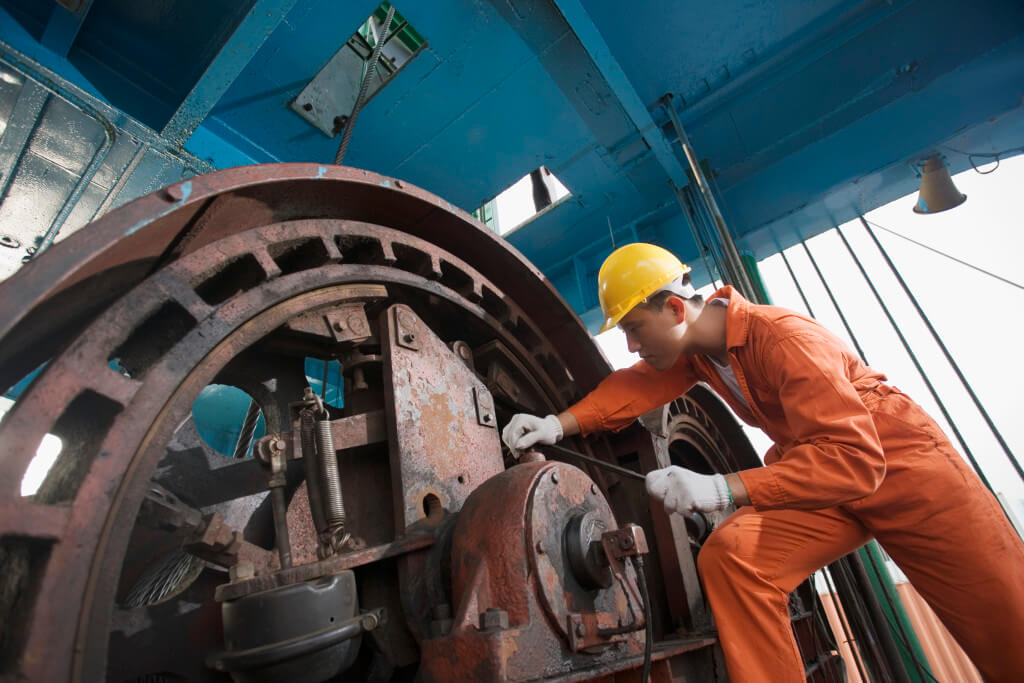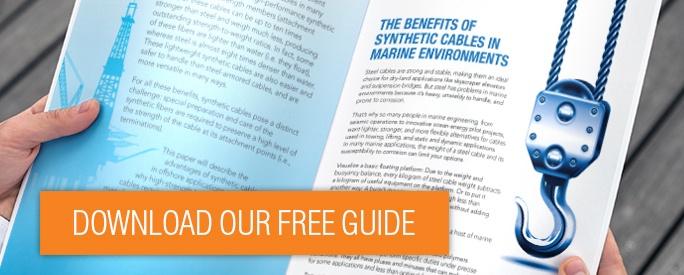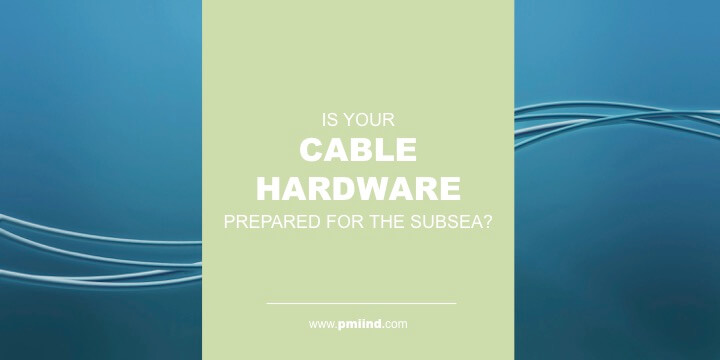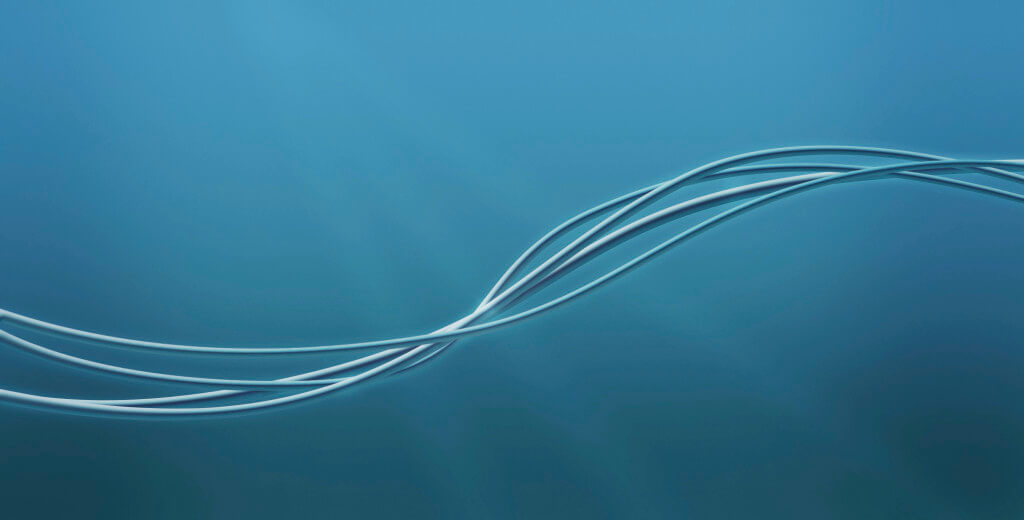By Bob Centa, President of PMI Industries
The start of a new year is a wonderful opportunity to express appreciation, reflect on past accomplishments, and look forward to the future. At PMI Industries, we have many reasons to be proud of the work we are doing and the value and opportunities this creates for our key stakeholders.
Our business provides engineered protection solutions for underwater marine cable connectors and subsea cable terminations, including assemblies and hardware that are used in electrical, optical, pressure, and mechanical applications. The solutions we create enable us to service customers around the world through the four different markets in which we operate. We look forward to building upon the strength of these relationships as we embark on our 40th year in business.
Acknowledging PMI’s relationships
PMI’s key stakeholders include our shareholders, employees, suppliers, and customers. We appreciate our shareholders, who provide support when needed and the autonomy to think and act for the long-term health and growth of the business. We are thankful for our employees, who embody a “can-do” attitude and deserve thanks because of the ways in which they embrace new opportunities presented by our customers and help us meet daily operational challenges. We are indebted to our suppliers for their critical inputs, helping us meet the needs of our customers and/or our own operations.
We are grateful to our customers, many of which have done business with PMI for decades. Whether old or new, our customers can count on our subsea cable engineering experts to design, manufacture, and test cable systems for impact and abrasion protection, to prevent bending and provide strain relief, and for dynamic and static cable protection.
Gaining momentum in 2023
We made improvements and changes in 2023 designed to better serve our customers and position us for growth. Among our biggest accomplishments were:
- Facilities upgrade – PMI relocated to a larger, state-of-the-art facility early in 2023. The new space allows us to better address customers’ needs and requirements through operational efficiencies and improved manufacturing and testing processes. The facility offers added bonuses, which include:
- Activating sustainable manufacturing processes that conserve energy and natural resources, such as LED lighting
- Improving ingress and egress for our customers and suppliers
- Positively impacting employee retention and recruitment
- Our people – Key additions in engineering, quality control, accounting, and production were made to an already dedicated team. Each member of the PMI team is making significant contributions to meet, and exceed, our customers’ expectations. You can meet two of them, Rich Sinkovic and Terrence Mathis, who were featured in recent stories on our website and social media.
- New products – A customer referral brought together our sales, engineering, supply chain, production, and quality control teams to provide a solution to a new challenge. The PMI team did an outstanding job in satisfying the customer and exceeding their requirements. Additionally, this product has the potential to cross over into many other applications. The project was a perfect example of PMI at its finest in terms of how we meet the unique needs of our customers, despite significant challenges.
- Our services – We took the opportunity to better communicate the extensive testing capabilities we offer. With the growth in the diameter of and materials used in cables, we have been reminding customers and interested cable manufacturers about PMI’s in-house dynamic cable testing and analysis. It provides an extra confidence boost with their cable system components and the integrity of the complete system.
- New markets – We successfully completed production of a new renewable energy product and collaborated with the customer during installation. As the world seeks alternatives to meet global energy needs, PMI is excited about the growth prospects this market offers.
- Improved communications – Significant enhancements made to our website and social medial channels have made them more informative and user friendly. We are regularly updating our LinkedIn and X (formerly Twitter) accounts with interesting content and encourage you to check it out.
Building new opportunities in 2024
We are excited about what 2024 holds. We enter the year leveraging our solid foundation, which allows us to better meet the needs of our customers and deliver existing products while creating new ones in the markets we serve.
Two key areas on which PMI is focused in 2024 are:
- Customer and supplier engagement – While we realize the world has changed due to the global pandemic, we feel strongly about the importance of relationships. We remain committed to meeting customers and suppliers whenever possible, whether at trade shows, their place of business, or anywhere else in the world.
- Processes – With the core infrastructure firmly in place, our last big initiative is the replacement of our Enterprise Resource Planning (ERP) systems. Replacing our ERP system is not just an update; it’s a strategic move towards future-proofing our business operations, enhancing efficiency, and maintaining our competitive edge in the market.
We would love to hear from you. Please contact us if you have any questions or if there is anything we can do for you.
Offshore wind and solar energy have been getting all the attention in the quickly growing renewable energy industry, but there’s another player that is beginning to grow strength in the energy market – ocean waves and tidal currents, or “marine energy”. There are vast amounts of energy that are produced within the moving waters of oceans and rivers, and companies working to harness this energy are quickly gaining speed.
While not nearly as large as the main competitors in renewables, marine energy has strong advocates and is quickly gaining steam in the renewable market. About 30 tidal and 45 wave energy companies are at an advanced stage of technological development. One of the biggest issues these companies are facing that has impeded forward movement in the market is the harsh ocean environments – the same thing that makes the industry work in the first place.
The intensity of sea waves is greatly unpredictable and can cause damage throughout the process. Installation of the equipment is often difficult – the areas that are best suited to harness wave and tidal energy are often very hazardous and can be difficult to navigate. As we mentioned in our article on subsea cable vulnerability, subsea cables and hardware have to withstand 14.5 psi per every 10.05 meters they are lowered into the ocean. That coupled with the harsh environment that marine energy succeeds in, makes for a harsh environment for equipment.
PMI has many years of experience engineering proven subsea hardware for companies around the globe. We are excited to be part of the quickly growing marine energy market and are ready to create custom and quality solutions that will withstand harsh and hazardous environments.
Read more about the potential of wave and tidal energy.
The outcome of your project will rely on the quality of your subsea terminations. Make sure to download our guide – 7 Questions You Should Be Asking About Your Subsea Terminations – for a through breakdown of what you should be looking for in your subsea terminations.

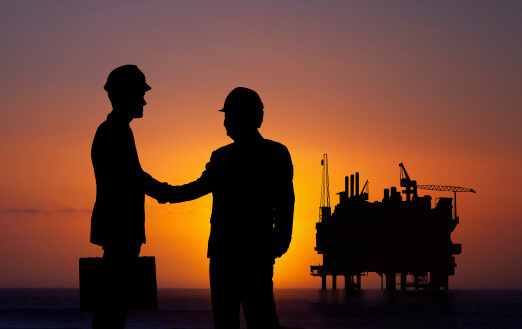
As the energy market continues to turn away from oil and gas and towards renewable energy, many companies that specialize in deep ocean engineering, like PMI, are following suit. One company that has made great efforts to shift from oil and gas into the renewable energy field are the Norwegian subsea specialists Ocean Installer. The company’s advanced vessel, the Normand Vision, was used for work on subsea umbilicals, risers and flowlines (SURF) for major companies in the oil industry. Realizing that their subsea construction support equipment could also be used to work on the underwater cables that connect offshore wind platforms with the power grid, the Normand Vision began working with wind farms, including Germany’s Gode Wind 1 farm. Ocean Installer is not the only subsea construction company to jump on the renewable energy bandwagon. Singapore’s EMAS has also begun adding wind energy projects to their portfolio.
PMI shares the vision of these companies as our energy markets focus on new horizons and is excited to work with customers to solve their cable issues with budget friendly and top quality underwater cable hardware that will maintain cable integrity in every kind of underwater environment.
Read more about Ocean Installer and the Normand Vision.
To find out more about our custom ocean engineered cable hardware equipment, schedule an appointment to talk to our experts today.
Drawing energy from river currents represents a massive untapped source of electricity development. This is especially true in countries like Canada, where rivers and coastal waters provide an enormous range of development options that can provide growth and economic benefits.
Indeed, Canada is emerging as a leader in the global marine renewable energy industry, thanks to supportive government policies, shared infrastructure and strategic research initiatives. These facts provided the backdrop for last week’s Marine Renewables Canada 2015 Annual Conference, where PMI was among the vendors showcasing products and services in the fast-growing renewables market.
At PMI, we’re already reaching out to companies in the offshore-wind sector, and we’re seeing the potential of freshwater rivers to provide clean, renewable energy.
River energy initiatives provide a new twist on age-old technology: the water wheel. New ventures in this sector are exploring placing turbines — much like you’d see on a jet aircraft — deep in the waters of a river. Water turns the blades, generating kinetic energy that can be converted into electricity.
This creates the potential to fix the one major drawback of hydroelectric projects: massive dams that devastate the local environment. Rivers also can provide power around the clock, unlike solar panels.
Canadian businesses and researchers are unlocking the potential of marine renewable energy through innovations and new approaches to key challenges in the lifecycle of wave, tidal and river projects. Solving problems here definitely opens opportunities in the global market.
PMI is proud to be on the cutting edge of this opportunity, supplying contractors with our proven subsea hardware equipment for river energy exploration. At Marine Renewables Canada 2015, we gobbled up knowledge on topics including:
- Technical acceptability — an international effort to reduce technical risk
- Building scale — an international project pipeline
- Supplying the industry — device development
We see a great future in the power coursing through our rivers. And, of course, we will be providing cable equipment for these projects as they evolve. If you want to know more about our custom engineered cable hardware equipment, schedule to talk to our experts today.
When laying and retrieving submarine cables on the seabed, or performing a cable pull from a vessel to an offshore wind platform, it is often necessary to hold a cable end onboard for up to seven days.
Cables must be anchored firmly onboard to keep them in place, and this anchoring is normally done by means of a cable stopper.
The cable left hanging in the ocean can be exposed to forces so strong there is a distinct possibility of becoming overtensioned. Meanwhile, the vessel’s crew works to keep station by the use of thrusters. If overwhelmed by winds, strong currents and waves, the ship can be driven out of position. The cable left hanging may end up acting as an anchor chain, subject to additional forces and tension.
In these situations, when the wrong cable hardware is used, or is installed incorrectly, the grip of cable tensioners can slip. The heavy cable starts moving unfastened, which is extremely dangerous for the crew, equipment and the vessel.
While the oil, gas and seismic industries have had plenty of experience with these issues, the growing offshore renewable energy companies are looking to manufacturers like PMI Industries for proven experience and products to guide the way.
Engineers who have made the leap from offshore oil to offshore renewable energy have worked with PMI’s products, such as our CABLE-GRIP™ and STOPPER-GRIP™ Terminations, and have found them preferable to typical braided cable grips or cable socks. These terminations are quick and easy to install, robust, and recommended by many cable deck crews.
Our unique cable grips are fully capable of holding cables to the rated breaking strength. Tensile load is transferred gradually from cable to termination with no stress or damage to the cable. And unlike braided stoppers, the helical termination wire design permits installation anywhere along the length of the subsea cable, since it does not require access to the cable end.
7 Questions You Should Be Asking About Your Subsea Terminations

Subsea equipment (umbilicals, risers, flowlines) and pipelines are generally one third of all expenditure of a total project. Equipment purchases add up quickly and in order to save costs, companies will be looking for hardware with proven results – hardware that increases efficiency and quickly realizes a significant return on investment.
Statoil CEO Eldar Sætre recently stated that over the last ten years, the cost of subsea developments has increased by 250 percent. According to analysts Douglas-Westwood, subsea spending will continue to rise, and there are projects and locations to watch out for. Read more…
If you are looking to lower costs and improve the economic outcomes of deepwater projects, you should consider the hydrodynamic efficiency of your subsea hardware and how that impacts your fuel costs.
It’s everyone’s favorite pastime, but no one can predict what the oil price might be—it’s an uncontrollable aspect that can and will again dramatically impact this business over time. But what can and is being implemented by most companies is the overriding imperative to take back control where it can, and that largely means reducing project costs. Read more…
At PMI, we offer mechanical testing of all subsea cable hardware, including umbilical components and umbilical structures. We possess the equipment and experience necessary to complete the most demanding testing in order to enhance project safety and quality.
Umbilical designs for deepwater are complicated and present a number of challenges that must be considered during early design stages. If not correctly taken into account, they can cause problems and limitations during installation and in service. The trend of incorporating more functional components into the design leads to heavier umbilicals and, coupled with greater water depths, results in much higher topside hang-off loads. This drives umbilical designers to further understand the behavior and limits of their products. Read more…
Companies and governments count on PMI engineering support to design and produce reliable cable systems. They look to PMI for innovation to increase performance, specifically for the brutal subsea environment. Because at PMI, we understand the subsea poses challenges unlike any other environment in the world.
Our equipment is highly-designed to guard against cable and equipment damage, extend service life, and maintain cable integrity in these extreme underwater environments.
As in the planning of any asset development, the decision-making process attempts to maximize asset value and to minimize costs without compromising safety and reliability. The cost analysis focuses on capital expenditures and operating expenses, and it also includes risks, or the potential costs of unforeseen events. The conditions driving these costs are numerous and interrelated, and they include reservoir-related factors including existing infrastructure, water depth, weather and currents, seabed conditions, cost of construction and decommissioning of permanent structures, time to first production, equipment reliability, well accessibility for future monitoring or intervention, and flow assurance – the ability to keep fluids flowing in the lines. Read more…


